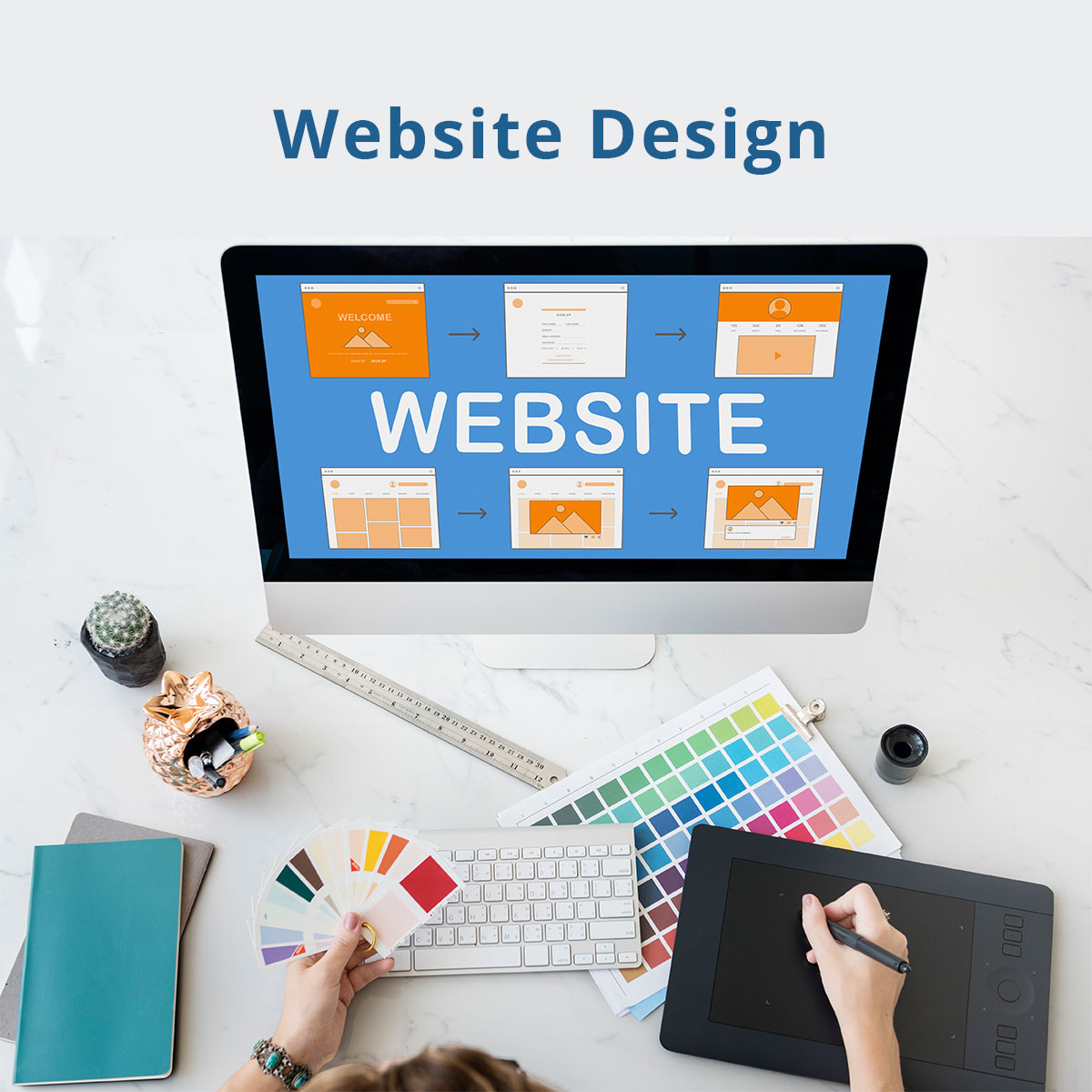Ever since the first website got published in the year 1991, web design has come a long way. As there are over one billion live websites on the internet today, it’s pretty much evident that this industry is here to stay. So come let’s find out more details about the wondrous world of web design.
What is Web Design?
Websites have a visual look and feel that plays an integral role in captivating the attention of those browsing them. Web design is the process of planning and incorporating various aesthetic and functional elements, which together can enhance the user experience of the website. So basically, a web designer is supposed to build ideal website elements, from fonts, and color, to graphics, content, images, structure, and layout.
Graphic design, interface design, user experience design, search engine optimization (SEO), and content production are all components of web design. They work together to produce the final user experience of a website. In addition, these aspects influence how a website appears feels, and functions across a variety of devices.
Why Good Web Design is so Important?
A well-formed and excellent website can make a brand, while, a messed up or obsolete website can hurt the brand. The overall look and effect of a website depend on the quality of web design. Sometimes small businesses with restricted specialized abilities or cost difficulties are skeptical about investing in a well-designed website for it can be an expensive affair. Also, they seem to ignore the importance of website redesign, if they already have one.
However, market studies suggest that good website architecture is of the most extreme significance for all. It is on the grounds that a decent web composition is something that affects and impacts clients, which thus brings about lead generation for the business. Having an ideal website today is one of the mainstays of having a competitive online presence.
Around 75% of the clients judge an organization’s believability because of their visual experience of the organization’s site. If they come across a poor-looking site, they are most likely to question the company’s legitimacy and the quality of the products and services on offer. Your website composition is of such high importance that it can either create good first impressions on the customers or drive them away.
What are the Characteristics of a Good Website?
Following are the characteristics that a great website must possess –
• Visual Appeal and Functionality:
Your website design is a way that allows your audience a peep into your company, products, service, and your brand image. The better the website design, the better your company message gets communicated. Your website should look polished, professional, and visual all at the same time. Also, your site should work quickly and correctly at all times. Every page should always be fast and functional, as broken or slow pages won’t leave a good impression on your visitors.
• Ease of Use:
When we are browsing online, we are in search of quick and easy information. In other words, your site visitors aren’t there to work for the information. Therefore, the website should have a clear hierarchy and logical and obvious navigation. Visitors should always be capable of finding required information without struggling even a bit.
• Browser Consistency:
Browser consistency or compatibility if neglected can have a negative effect on website usability. Therefore, make sure that your website behaves consistently across different browsers, such as Internet Explorer, Chrome, Opera, Safari, and Firefox. This one is a simple yet extremely important characteristic of a good web design.
• Effective Use of the Negative Space:
Also known as the white space, the negative space on a web page is the unused space. Not necessarily white, but it can be of any color, any background, or can have any image. Some web designers make the mistake of overfilling this blank space, only to end up making web pages overly complex, colorful, and busy. Rather than doing so, web designers should learn ways to effectively use the negative space. Viewers find it difficult and annoying to be on web pages that have too much information and too little space. If negative space is used properly, it gives visitors ample time to absorb all information on the page.
• Accessibility for All:
Your website design should be such that it looks great and works well on all platforms. More and more people now use their mobile phones or tablets for accessing information online. If the website isn’t optimized for use on these devices, visitors would definitely find it annoying and probably decide to never visit your site again. Therefore, accessibility for all is another very important characteristic of a good website design.
• Quick Loading:
Loading time of the web pages on your site is something that is directly related to good or bad user experience. If a web page takes more than two or three seconds to load, visitors tend to lose interest and even leave the site at once. That’s why the loading time should definitely be a priority while designing a website.
• Use of State-of-the-Art Technologies:
To make the user experience of your website amazing, you must ensure that your website has been designed to make use of the latest technologies and trends. If not, your website visitors and readers might get an obsolete feel and even turn away from visiting it again. On the contrary, a website backed by the latest and interesting trends and technologies helps keep visitors pinned and attracted.

